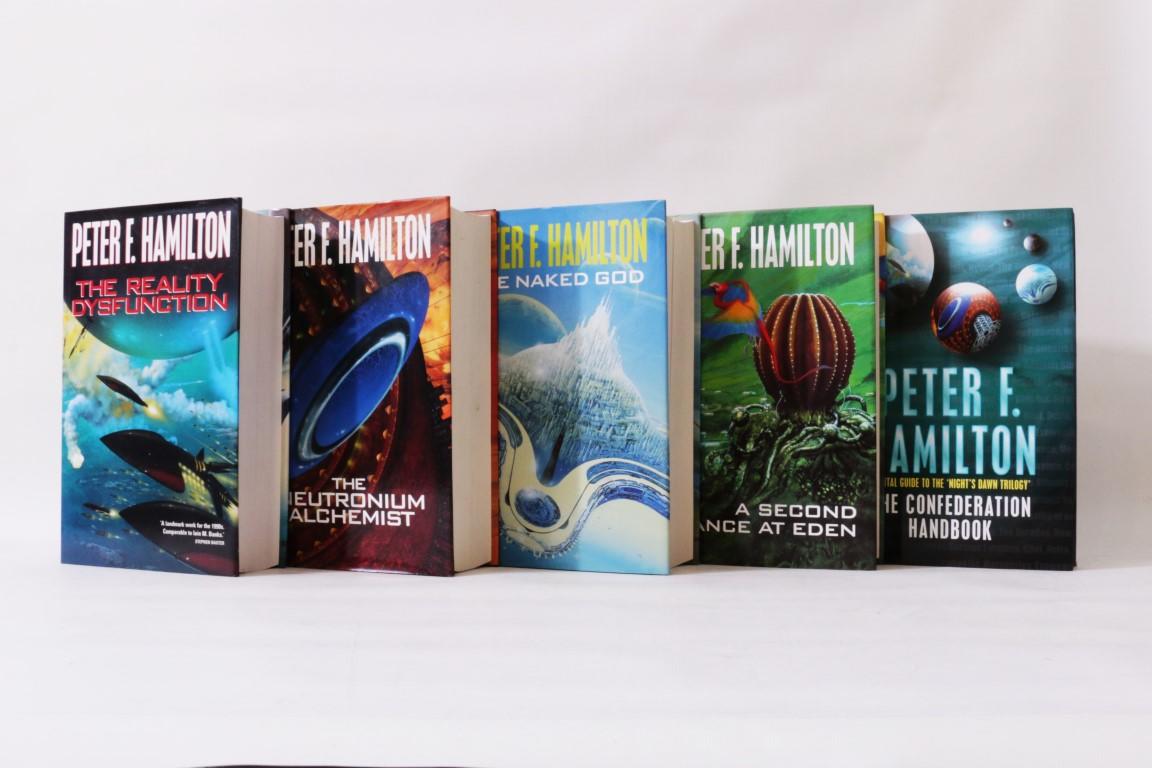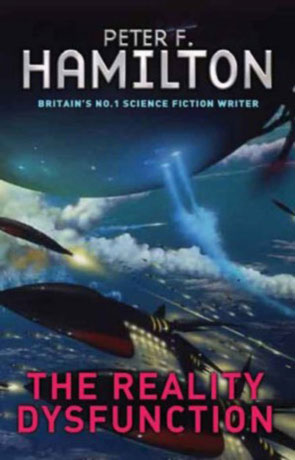

In this story, he packs on an amazing amount of not only scientific and technological speculation (foremost the whole idea of a space colony grown from a modified coral polyp), but he also grounds that speculation in a believable matrix of plausibly extrapolated cultural, religious, and social speculation. “A Second Chance at Eden” - After reading this story, I can see why people make a fuss over Hamilton. The twist end of the story works (Sonnie’s brain in the beast), but I think it could be managed without the jarring shift of viewpoints. For reasons I can’t fathom, Hamilton, just as Sonnie is assaulted by the Spetsnaz assassin girl, shifts first person viewpoint to the girl than back to Sonnie. The main peculiarity of this story is a stylistic one. The "edge" of the title is the revelation that the narrator has her brain in the combat beast and not safely on the sidelines as is usually the case. However, their handlers experience most of their sensations and use them as vehicles of surrogate combat. In this case, though, it’s not true telepathy since the beasts have no sentience and microprocessors to run part of their bodies. Here the combat is between engineered beasts (with just enough vital organs to keep them functioning in combat and things like liver and kidneys relegated to support pods hooked up between bouts), beasts controlled by affinity links which are cloned organisms implanted in two parties to enable a sort of telepathy. Hamilton largely succeeds on both counts. The important thing about working in such a sub-genre is that you do it with flare and bring something new to the idea.

Spoilers follow.“Introduction” - A brief account of the origin of this collection as a series of previously unrelated stories built around the concept of “affinity technology”.“Sonnie’s Edge” - Gladiatorial combat stories have a fairly long history in sf, and this story is in that tradition.

My reactions to reading this collection in 1999.


 0 kommentar(er)
0 kommentar(er)
